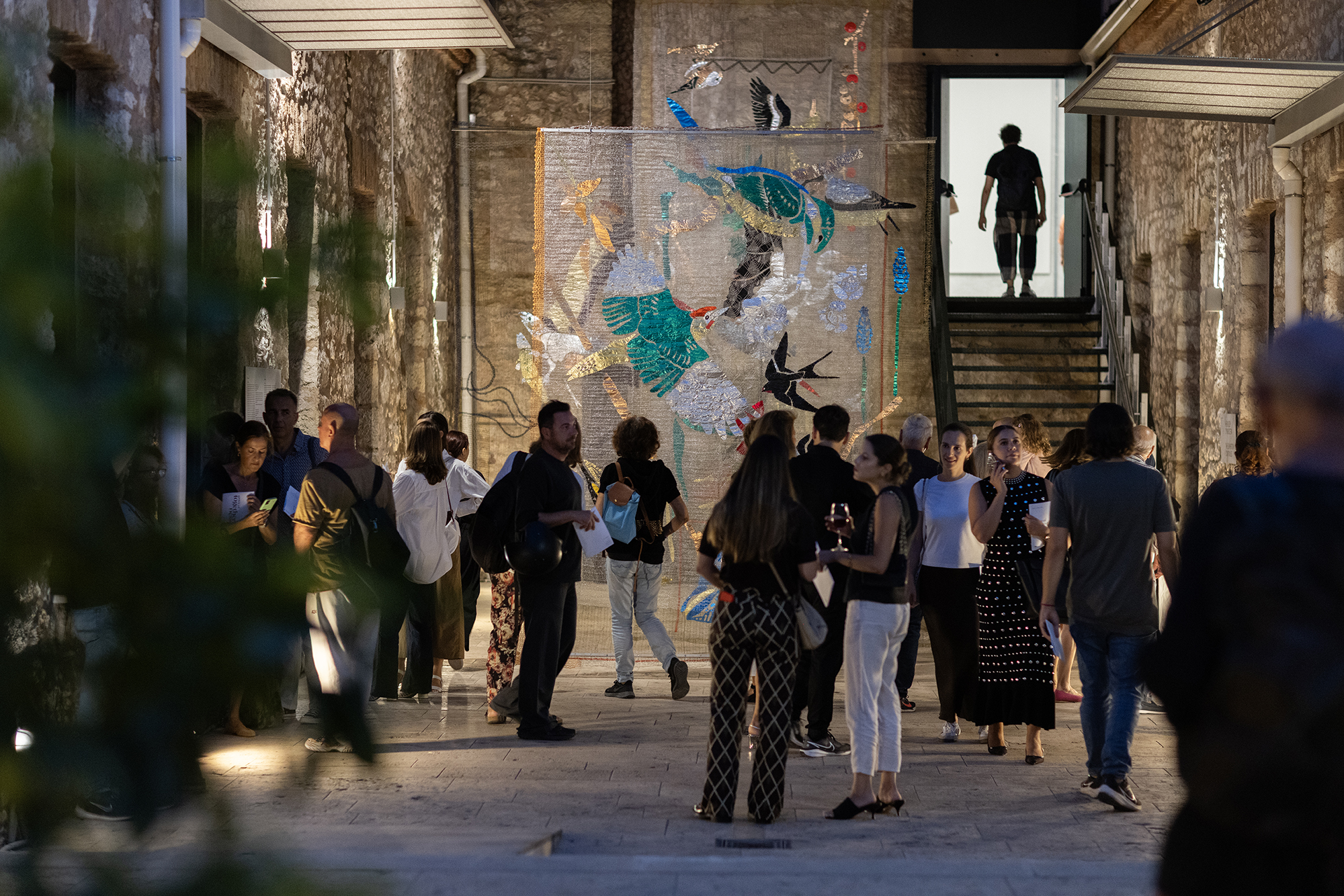For artists and cultural practitioners, an international dimension is essential, particularly when local or national ecosystems lack opportunities. However, these individuals must often navigate a challenging landscape filled with the paradoxes and tensions of cultural mobility. This includes balancing professional obligations with personal life while frequently traveling far from home and family, striving for financial stability yet relying on foreign gatekeepers and funders, pursuing international opportunities despite visa denials, or seeking safety in a new country without the status or knowledge needed to succeed.
A recent publication builds on insights from a Cultural Mobility webinar that examined how international mobility affects the mental health and well-being of artists and cultural professionals. It also reflects online and in-person initiatives by On the Move members that explore both the positive and negative impacts of this mobility on mental health.
The topic of well-being, particularly in the context of mental health, is gaining traction in societal debates, now recognized as an important factor in shaping public policy. While culture is widely acknowledged for its positive impact on public well-being, especially among minorities and marginalized groups, relatively few studies focus on the well-being of the cultural workers themselves.
For many artists, work is deeply meaningful and fulfilling; they derive pride and purpose from contributing value to others. Key elements that support their well-being include the freedom to set their own goals, manage their schedules, and engage in diverse, appealing tasks that align with their values. Opportunities for learning and development enhance job satisfaction, as do peer interactions and supportive communities, which foster idea-sharing, peer learning, and mutual encouragement.
Yet, significant work-related stress persists for artists and cultural professionals. The 2022 Arts and Culture Barometer, which assessed the occupational well-being of artists, found that over half of respondents were concerned about their mental health. About 40%—especially performing artists—have considered or already switched careers in the past year, with younger artists feeling these pressures most acutely.
Research by Joris Janssens, Expert in Culture and Regional Development at IDEA Consult, reveals how economic shifts have driven the cultural sector toward “hypermobility.” Where once a performing artist might have worked within a fixed ensemble, producing locally and then touring nationally or internationally, today’s productions often rely on a transnational system of co-production and presentation. Each production is a financial patchwork, drawing on diverse funding from multiple countries, which has increased mobility but also added strain for cultural workers.
Lucy Perineau, former Communications and Publications Manager at the European Network of Cultural Centres (ENCC), highlights the prevalence of burnout in both cultural and nonprofit sectors. “What exactly are the stresses or the challenges that are causing this? We tried to map out some of them,” she notes. Similarly, Chiara Organtini, Project Manager at Lavanderia a Vapore in Italy, points to the effects of cultural gaps and systemic issues like racism, which can add pressure to cultural professionals. These pressures, she explains, extend beyond major issues to the “small details connected to language or habit,” which can gradually affect artists’ balance and energy levels over time.
These insights underscore the need for improved support structures to help artists manage the unique challenges of cultural mobility, ensuring their well-being as they contribute to a vibrant, interconnected global culture.
You can download the report Cultural Mobility Flows Mental Health, Well - being and International Cultural Mobility here.
--
Photo: Dimitris Parthimos, from Neon exhibition








